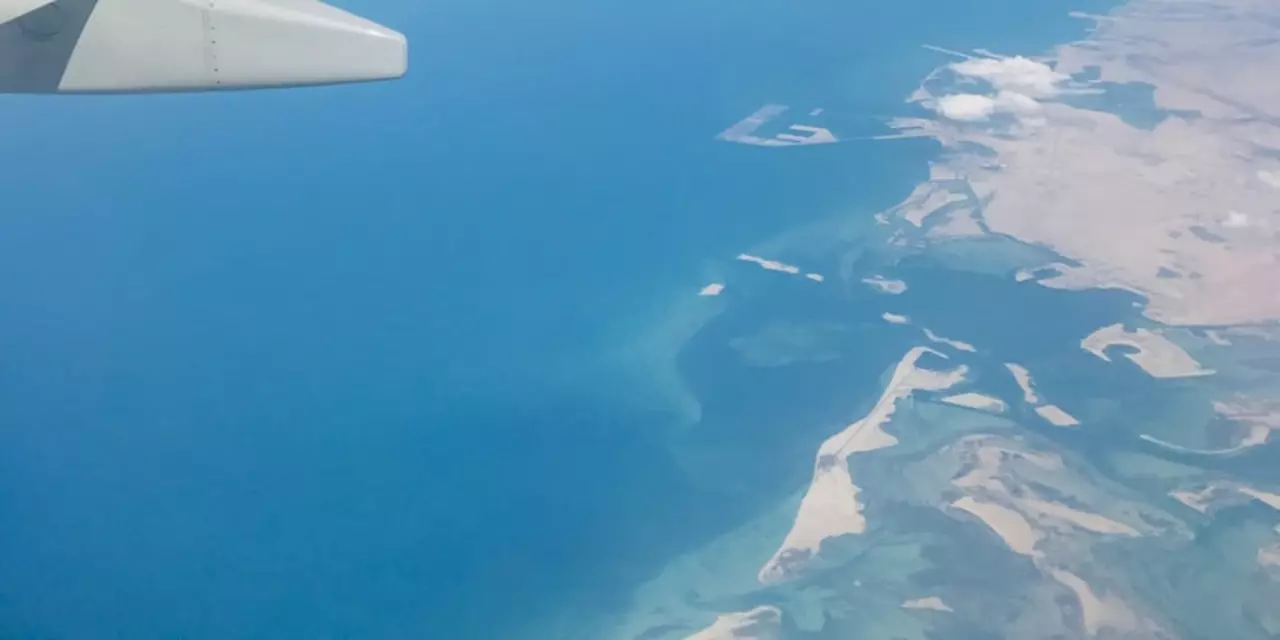Asset Monetization: Turning Public Assets into Real Revenue
Ever wondered how a government can make money without raising taxes? The answer is often simple – it sells, leases, or partners on its own assets. From old railway stations to massive power plants, asset monetization is the buzzword driving financial reforms across India. It’s not just about cash; it’s about unlocking value, improving efficiency, and creating fresh opportunities for private investors. If you’re curious about what’s happening in this space, read on for a clear, no‑jargon rundown.
Why Governments Jump on Asset Monetization
First off, many public assets sit idle or operate at a loss. By handing them over to the private sector through models like public‑private partnerships (PPP), lease‑back deals, or outright sales, the government can cut maintenance costs and get an upfront cash injection. That money can fund new infrastructure, support social schemes, or reduce fiscal deficits. In recent years, ministries have targeted under‑utilized land, airports, and even toll‑roads, turning them into revenue streams without compromising public service.
Common Methods and What They Mean for You
There are three go‑to methods you’ll hear about:
1. Sale of Assets: The government sells a property or enterprise to a private buyer. Think of a state‑run power plant changing hands. The buyer pays a lump sum, and the state gets instant funds.
2. Leasing and Lease‑Back: The public entity leases its asset to a private firm, which runs it for a fee. After a set period, the asset often returns to the government, now upgraded and better managed.
3. PPP and Joint Ventures: The public and private sectors share ownership, risk, and profit. This model is popular for highways, ports, and metros, where private expertise speeds up project completion.
For job seekers, each model creates roles – from project managers in PPP boards to finance analysts handling deal structures. Knowing the basics can give you an edge in government‑related job interviews.
From a broader view, asset monetization can boost the economy by attracting foreign investment and improving service quality. However, it also raises concerns about transparency and public interest. Governments now publish detailed bids and audits to keep the process clean, and watchdog groups monitor outcomes.
In short, asset monetization is a practical tool for governments to unlock hidden value and fund growth. Keep an eye on official announcements, as every new deal can signal shifts in the job market and the economy at large. Stay informed, and you’ll be ready to tap into the opportunities that arise from these financial moves.
